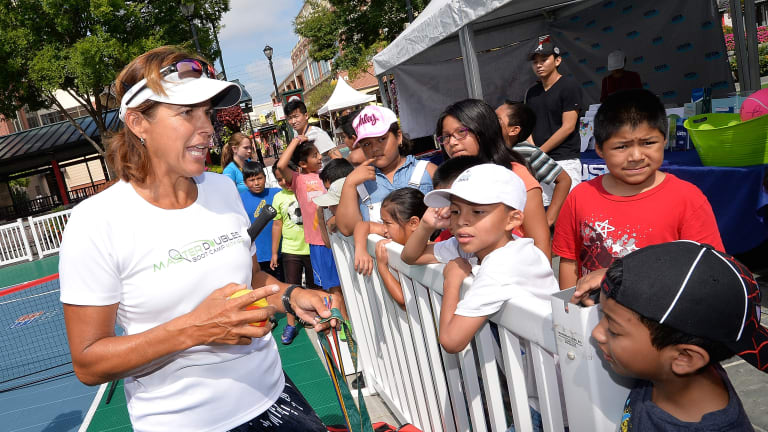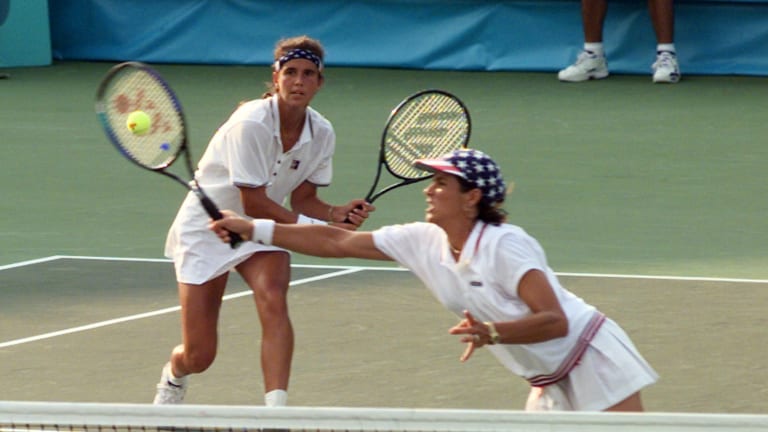The toughest task for any athlete is to no longer be out there, fighting for prestigious prizes. They have been shielded in many ways from the outside world, becoming prisoners of their private universes, living their own version of reality.
Enter Gigi Fernandez, one of the great doubles players of all time. To be sure, it took her some time to figure out exactly what made sense for her professionally after retiring in 1997, but this perspicacious woman eventually sorted it out.
“When I retired from tennis at 33, I was just searching for something to be passionate about," she says. "I started some businesses, got my real estate license, finished my undergraduate degree and got my MBA. I fought it for 15 years. I was just hellbent on doing something different.
"I finally realized: you know what, tennis is my passion, and tennis is what I love.”
Fernandez coached the University of South Florida women’s team from 2002-05, and worked with Lisa Raymond and Sam Stosur when they were one the best women’s doubles teams in the world in 2005 and 2006. She also coached Rennae Stubbs, another outstanding doubles player.
“Lisa and Sam won a Grand Slam title when I was coaching them, and coaching my college team was fun," Fernandez says. "I also taught juniors, but I realized how much I enjoy coaching adults. They are my peers and they don’t talk back.”
But Fernandez was reluctant to travel during that stretch, for personal reasons.
“I was trying to become a mom and going through infertility treatments," she says. "You can’t be traveling much because it is very intense. You have to go to the doctor like every third day and you have to go through months and months of injections and checkups. It just wasn’t viable for me to continue to travel.
"Frankly, the life of a professional tennis player is not real. You live in a bubble, but at some point you have to come back to the real world and have a normal job working Monday to Friday.”

